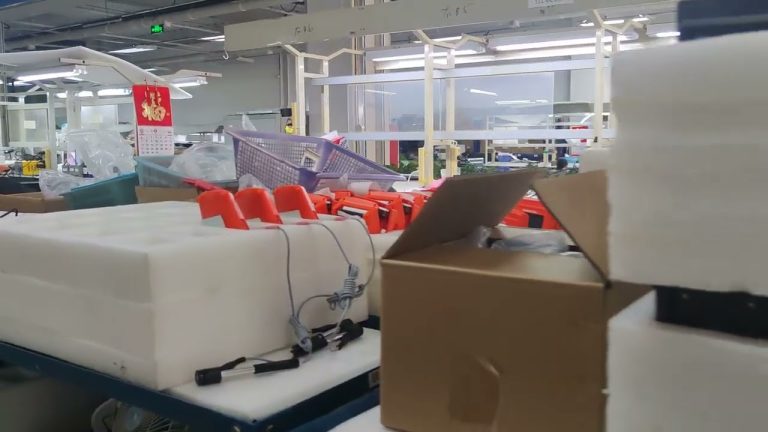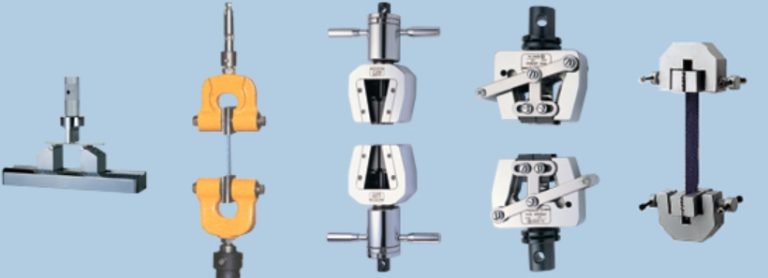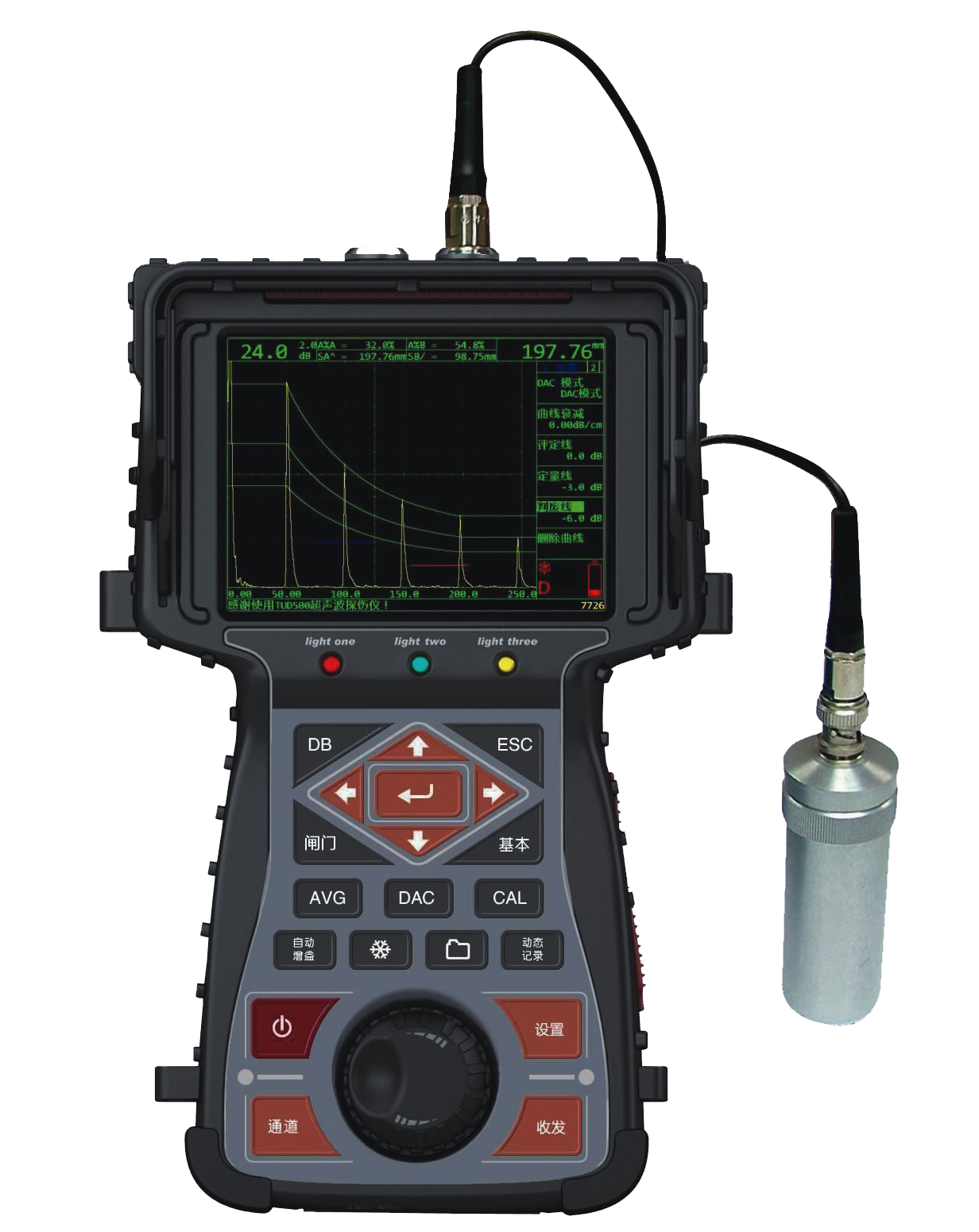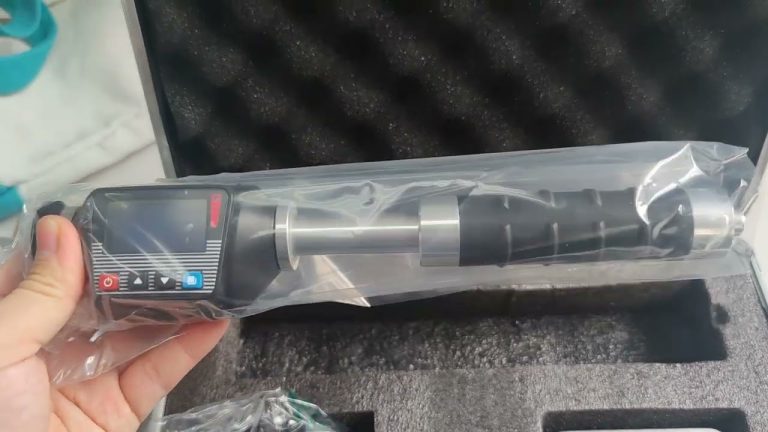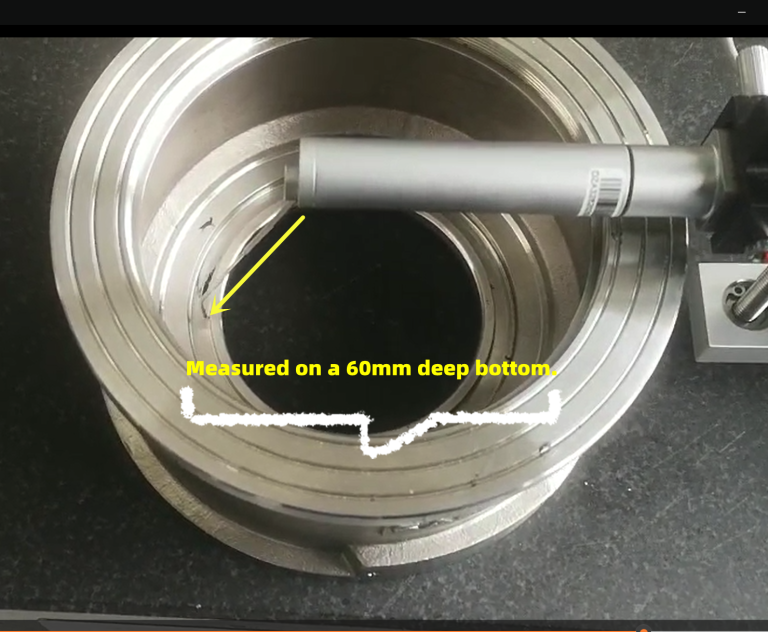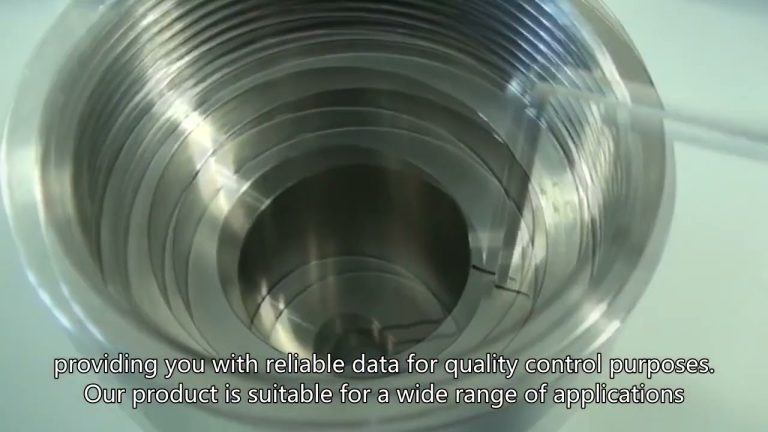The Leeb hardness tester has three calibration methods: Rockwell, Brinell, and Leeb. The instrument can directly display hardness values such as Leeb, Brinell, Rockwell, Vickers, and Shore.

The instrument is compact, portable, suitable for harsh operating environments, and resistant to vibration, shock and electromagnetic interference.
Leeb hardness testers have been inspected and calibrated for high, medium and low values before leaving the factory, and have good stability.
Generally, when choosing a Leeb hardness tester, you can start from the following aspects:
Probe selection
There are 7 types of impact devices, namely D, DC, DL, D+15, C, G, E
The main differences are in the following three aspects:
①Different requirements for the smoothness of the object being measured
②Different application ranges for the hardness of the object being measured
③Different requirements for spatial location and size
④Different requirements for the size of the measured surface
To select a probe, generally follow the following steps:
①Tested material and hardness range
②The size of the measured space position
③The size of the measured surface
④Smoothness of the measured surface
⑤The price of the probe

